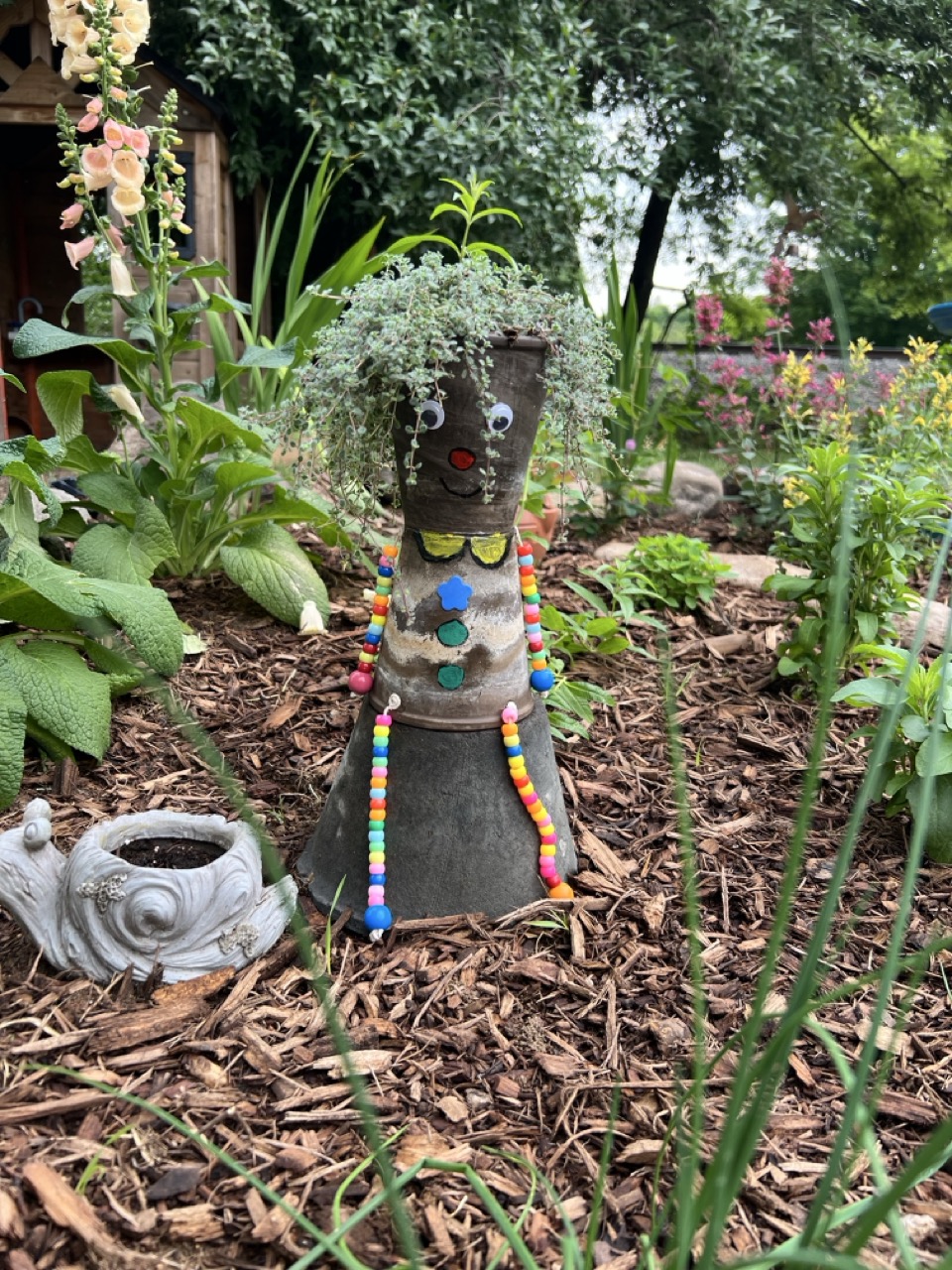Introduction
In spring 2023, we transformed a small corner of our backyard into a magical sensory garden designed specifically for children. What began as a project to engage my daughter's developing senses became a vibrant learning space that has enriched the lives of numerous children in our family and community. This case study documents our journey and the remarkable impact of this specialized garden space.
Garden Design and Implementation
Sensory Zones
We organized the garden into distinct sensory areas:
- Touch Garden
- Lamb's ear (soft and fuzzy)
- Ornamental grasses (different textures)
- Smooth river stones
- Rough tree bark sections
- Safe succulents
- Sound Garden
- Bamboo wind chimes
- Tall grasses for wind rustling
- Musical garden features
- Rain chains
- Bell flowers
- Smell Garden
- Mint varieties
- Lavender
- Lemon balm
- Chocolate cosmos
- Sweet alyssum
- Taste Garden
- Cherry tomatoes
- Strawberries
- Mint
- Nasturtiums
- Safe-to-eat flowers
- Sight Garden
- Brightly colored flowers
- Plants with movement
- Butterfly-attracting species
- Pinwheels
- Mirrors and prisms
Observed Benefits
Physical Development
- Motor Skills
- Fine motor development through gardening activities
- Balance improvement on stepping stones
- Hand-eye coordination in plant care
- Sensory integration through varied textures
- Physical Activity
- Natural encouragement of movement
- Climbing opportunities
- Bending and stretching activities
- Active exploration
Cognitive Development
- Learning Outcomes
- Plant identification skills
- Understanding of cause and effect
- Color and pattern recognition
- Basic counting and measuring
- Weather awareness
- Scientific Exploration
- Observation skills
- Basic botany concepts
- Wildlife interaction
- Weather patterns
- Season changes
Social and Emotional Benefits
- For My Daughter
- Increased confidence in nature
- Development of nurturing skills
- Sense of responsibility
- Enhanced emotional regulation
- Connection to natural world
- For Cousins and Friends
- Collaborative play opportunities
- Sharing experiences
- Development of empathy through plant care
- Natural conversation starters
- Cross-age interactions
Educational Impact
- Structured Learning
- Garden-based science lessons
- Art activities inspired by nature
- Counting and math through plants
- Weather tracking
- Seasonal observations
- Unstructured Learning
- Natural discovery moments
- Spontaneous exploration
- Creative play
- Problem-solving opportunities
Special Features and Activities
- Interactive Elements
- Child-sized tools and equipment
- Weather station
- Bug hotel
- Bird feeders
- Water play area
- Creative Spaces
- Mud kitchen
- Art station with natural materials
- Reading nook
- Secret paths
- Fairy garden
Social Interactions
- Family Engagement
- Weekly cousin gardening days
- Family harvest celebrations
- Cross-generational learning
- Shared maintenance responsibilities
- Community Connection
- Playdate destination
- Knowledge sharing with neighbor children
- Mini garden workshops
- Seasonal celebrations
Challenges and Solutions
- Safety Considerations
- Non-toxic plant selection
- Proper tool storage
- Clear boundaries
- Safe water features
- Adequate supervision areas
- Maintenance
- Child-friendly maintenance routines
- Age-appropriate tasks
- Seasonal cleanup strategies
- Weather protection
Unexpected Benefits
- Therapeutic Value
- Stress reduction
- Emotional regulation
- Sensory processing improvement
- Confidence building
- Anxiety reduction
- Family Bonding
- Shared garden projects
- Natural conversation space
- Collective achievement
- Memory creation
Future Development Plans
- Expansion Ideas
- Additional sensory stations
- More edible plants
- Weather observation area
- Natural art space
- Seasonal activity zones
- Educational Enhancement
- Creation of garden journals
- Photography station
- Science experiment area
- Weather tracking station
Conclusion
Our children's sensory garden has become more than just a play space; it's a living classroom, a therapeutic environment, and a source of joy and wonder for all who visit. It has provided countless opportunities for learning, growth, and connection while fostering a deep appreciation for nature in our children. The garden continues to evolve with our children's interests and developmental needs, proving that investing in such a space yields returns far beyond our initial expectations.
Success Metrics
- Increased outdoor play time
- Enhanced vocabulary related to nature
- Improved sensory processing
- Stronger family bonds
- Greater environmental awareness
- Developed social skills
- Increased confidence in nature
- Enhanced problem-solving abilities
